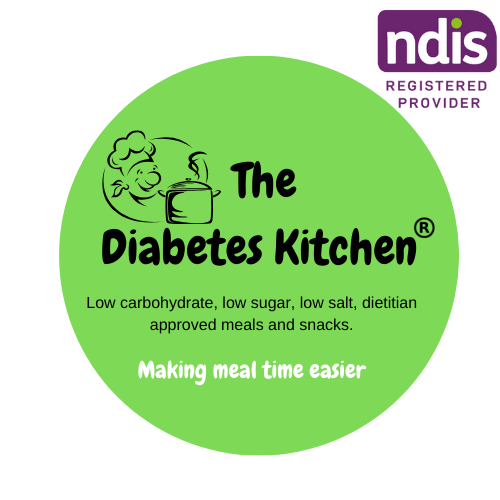This week we share our good friend Ashleigh Feltham's blog post on the benefits of wholegrains in your diet.
Adding wholegrains to your meals and snacks each day reaps many health benefits. A recent study has reinforced the many reasons to enjoy these healthy carbohydrates as they are linked to a smaller waistline, better blood sugar control, healthy cholesterol levels, and lower blood pressure.
The study used data from the Framingham Heart Study Offspring Cohort which was conducted over 18 years and made up of 3100 adults mostly in their 50’s at the beginning of the study. It was found that those individuals who ate more than three servings of wholegrains each day had a smaller waistline, lower systolic blood pressure (the blood pressure when your heart contracts) and better blood sugar control than those who ate less than one and a half serves of wholegrains each day.
Over the 18 years, the people in the low wholegrains group resulted in an average waist circumference increase of over 1 inch compared to only half an inch in the high wholegrain group. On top of this the triglyceride levels, which in excess can lead to heart disease, were reduced more in those people who chose wholegrains over refined grain varieties in each four year follow up period.
Wholegrains contain a matrix of health benefits which can explain for these results. With the wholegrain comes more fibre which is linked to support healthy blood pressure and blood sugar levels. Wholegrains are rich in the minerals potassium and magnesium as well as antioxidants which support healthy blood pressure.
Here's how whole grains benefit individuals with diabetes:
-
Slow and Steady Energy Release: Whole grains have a lower glycemic index (GI) compared to refined grains. This means they are digested more slowly, leading to a gradual and steady increase in blood sugar levels rather than rapid spikes.
-
Fiber-Rich: Whole grains are high in dietary fiber, which helps slow down the absorption of glucose, reducing post-meal blood sugar spikes. Fiber also contributes to a feeling of fullness and can aid in weight management.
-
Improved Insulin Sensitivity: The fiber and nutrients found in whole grains can help improve insulin sensitivity, which is important for individuals with type 2 diabetes. Better insulin sensitivity means the body is more effective at using insulin to regulate blood sugar levels.
-
Heart Health: Whole grains are associated with a lower risk of heart disease, a common complication of diabetes. They can help lower LDL ("bad") cholesterol levels, reduce blood pressure, and support overall cardiovascular health.
-
Nutrient-Rich: Whole grains are a good source of vitamins, minerals, and antioxidants. They provide essential nutrients such as B vitamins, magnesium, and iron, which are important for overall health and energy metabolism.
-
Weight Management: Incorporating whole grains into your diet can help you feel full for longer periods, reducing the likelihood of overeating and aiding in weight management, which is important for managing diabetes.
-
Variety of Choices: Whole grains come in many forms, including whole wheat, brown rice, quinoa, oats, barley, farro, and more. This variety allows you to enjoy a diverse and satisfying range of foods while maintaining a balanced diet.
When including whole grains in your diet, it's important to focus on proper portion sizes and choose whole grains that are minimally processed. Look for products labeled as "100% whole grain" or "whole wheat" to ensure you're getting the full nutritional benefits.
Remember that while whole grains are beneficial, portion control is key to managing blood sugar levels. Balancing whole grains with other nutrient-dense foods, lean proteins, and healthy fats will contribute to a well-rounded and diabetes-friendly diet. If you're unsure about how to incorporate whole grains into your diet, consider consulting with a registered dietitian or healthcare provider for personalised guidance.





